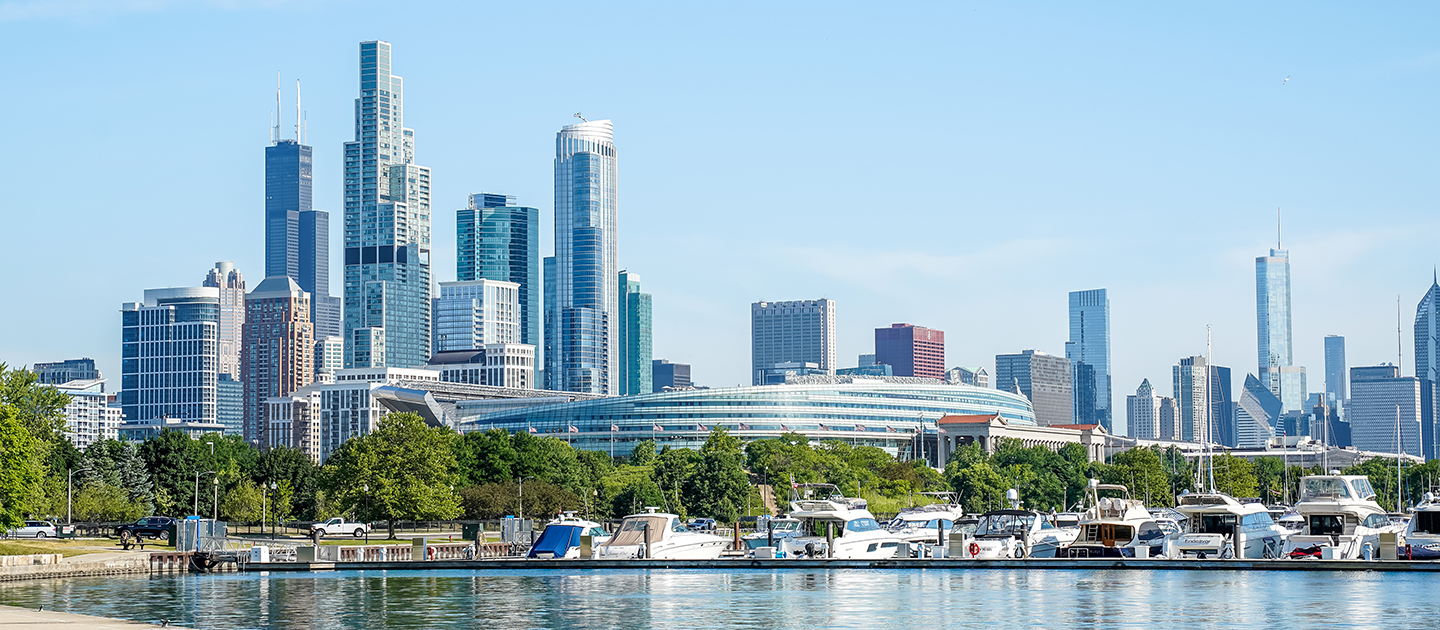Questions Remain Around Underground Climate Change
Alessandro Rotta Loria raises 10 key questions on how underground heat is affecting cities

In a landmark 2023 study, Northwestern Engineering’s Alessandro Rotta Loria demonstrated for the first time how the ground under cities is warming and deforming due to subsurface urban heat islands (SUHIs). He’s also proposed ways to use that thermal energy to not only alleviate the underground warming, but to make sure that heat does not go to waste.

Of course, more solutions need to be found. In the commentary “Open Questions About the Impacts of Ground Warming on Infrastructure” published October 25 in Nature Cities, Rotta Loria discussed 10 unanswered questions that could determine which types of cities and ground conditions are most sensitive to underground climate change:
- What cities are most prone to SUHIs?
- What is the interaction between ‘above’ and ‘below’?
- What is the interaction between ‘new’ and ‘old’?
- What neighborhoods involve the most intense SUHIs?
- What buildings and other localized drivers most significantly contribute to SUHIs?
- What soils and rocks are mostly affected by SUHIs?
- What structural materials are mostly affected by SUHIs?
- What underground structures are most sensitive to SUHIs?
- What underground infrastructures are most sensitive to SUHIs?
- What phenomena and effects are relevant, and how we can mitigate or avoid them?
Beyond arguing that SUHIs pose a growing threat to infrastructure, Rotta Loria stresses that cross-disciplinary research is essential to understand SUHIs, and that opportunities for mitigation and reuse of waste heat exist.
“Much remains to be discovered about the impacts of SUHIs on infrastructure,” wrote Rotta Loria, Louis Berger Associate Professor of Civil and Environmental Engineering at the McCormick School of Engineering. “However, understanding this problem presents the opportunity to underpin important scientific discoveries and innovate and protect the built environment via interventions across disciplines.”
Through his work, Rotta Loria aims to unveil the influence of environmental perturbations deriving from climate shifts and human activity, including heat and electric current flows, on the capability of geomaterials, geostructures, and geosystems to sustain mechanical loads, allow fluid permeation, and transfer heat.
In the aforementioned underground climate change study, Rotta Loria explained that ground deformations due to rising temperatures are caused by heat released into the ground from underground structures such as building basements, pedways, and parking garages, as well as infrastructures such as tunnels, energy networks, sewage systems, and other slender subterranean utilities.
“These deformations have been shown to be significant enough to pose a threat to the operational performance and durability of underground structures and infrastructures, and consequently to overlying constructions and facilities often supported by such subterranean installations,” he wrote. “However, there currently exists limited knowledge on this problem at the intersection of civil engineering and urban climate, with ramifications in energy, hydrogeology, urban planning and policy, and data analytics, which also represents a massive opportunity to reutilize waste heat from the underground to meet urban thermal energy needs.”
Understanding the effects of ground warming on infrastructure should be studied at various spatial scales, from kilometers to meters, centimeters, and down to the finer details of the materials that compose the underground, such as soils, rocks, concrete, and their systems, Rotta Loria wrote.
“This knowledge should be developed across temporal scales, balancing the resources and reliability of the investigations, and encompassing at least several decades, possibly up to a century,” he wrote.